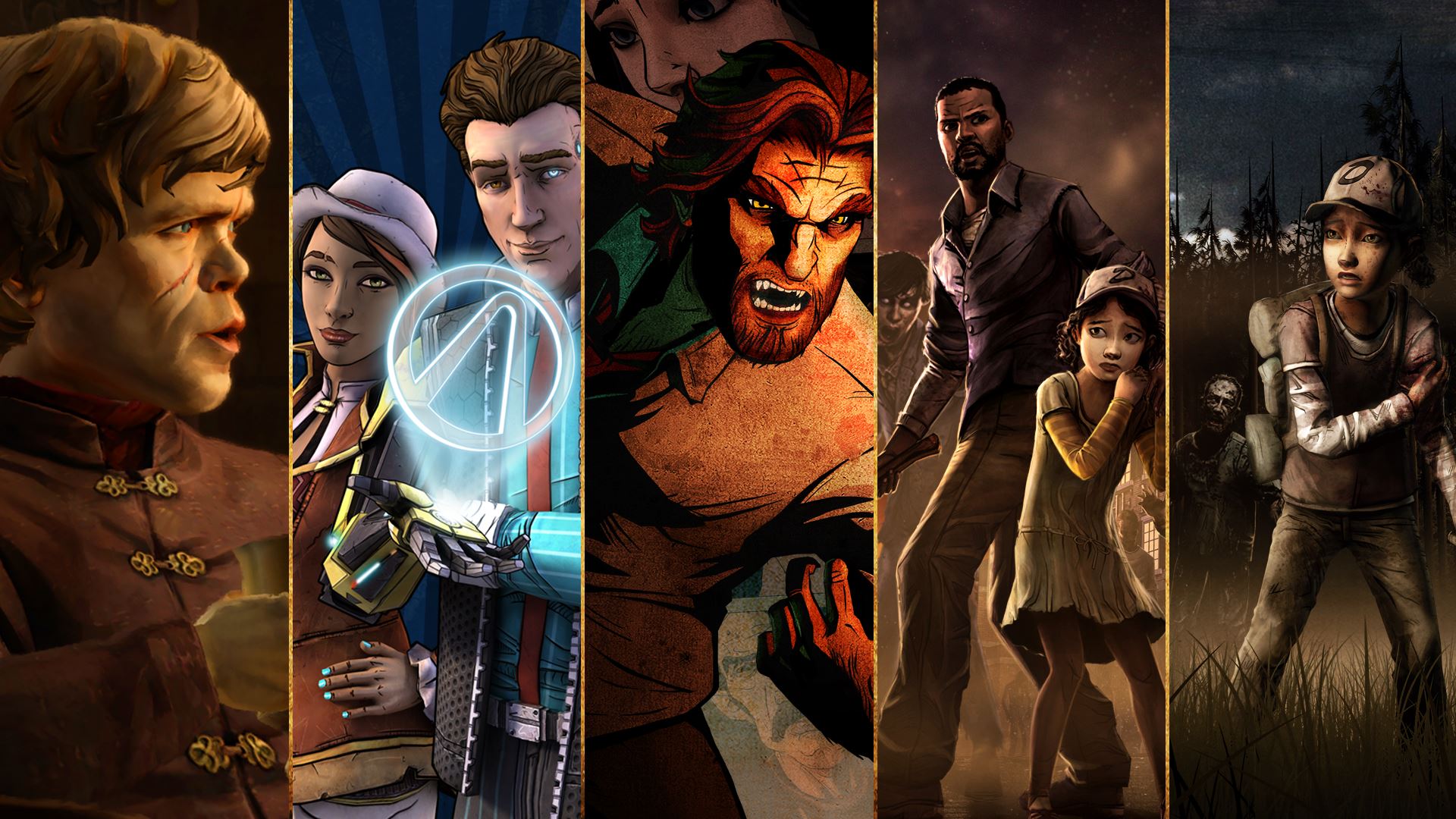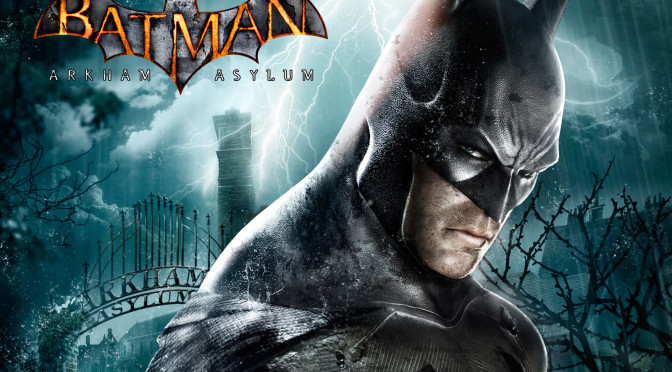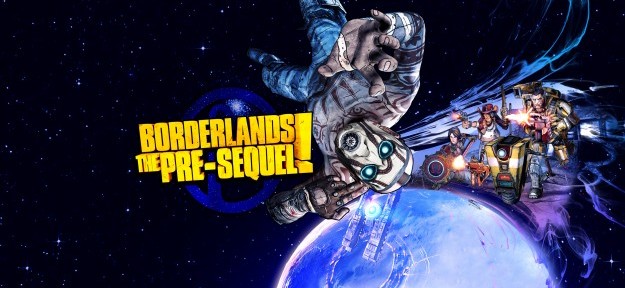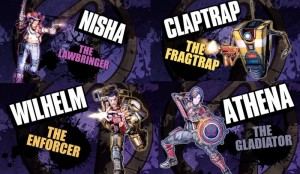 For years, Telltale Games has been doing god’s work by making fun and engaging episodic stories for video game consoles, computers, cell phones, and any thing else that could run their proprietary engine. At times it seemed as though Telltale games were being ported to nearly as many devices as Doom. It says a lot that a proprietary engine would end up being malleable enough to make so many leaps to so many different consoles and across generations. But, that same engine has become a liability for the company as we saw recently when Telltale laid off a quarter of its workforce.
For years, Telltale Games has been doing god’s work by making fun and engaging episodic stories for video game consoles, computers, cell phones, and any thing else that could run their proprietary engine. At times it seemed as though Telltale games were being ported to nearly as many devices as Doom. It says a lot that a proprietary engine would end up being malleable enough to make so many leaps to so many different consoles and across generations. But, that same engine has become a liability for the company as we saw recently when Telltale laid off a quarter of its workforce.
I have been playing Telltale games since the Sam & Max games were announced. Telltale Games preached to the masses that they were going to bring about the long desired model of episodic gaming and many were excited about the prospect of a video game that could be played like TV is consumed; in small compact bites. Episodic gaming is an idea that had been a glint in the eyes of the video game industry for years but had never really been done in a way that worked (see Half-Life and SiN Episodes).
Sam & Max finally made that dream come true for one developer. Telltale become the one company that you could count on to actually finish their episodic stories and, for those of us who had been burnt by other developers on our episodic dreams, it was a welcome form of storytelling.
Back to the Future was the first Telltale game that I played to completion near to its actual release. (I am not a person who plays games day-and-date.) I enjoyed the game immensely but I did see some issues with the engine during my play though on the PS3 at the time. While BttF had some issues, it didn’t stop me from seeing the good points of the episodic way of storytelling in games.
Back to the Future and Jurassic Park were two games that showed us how dated the Telltale engine had become and these games came out before Telltale’s massively popular The Walking Dead was berthed into the gaming conscience.
 The Walking Dead came out at a perfect time for Telltale. The comic and the TV series had both become cultural touchstones and the game’s focus on player choice and accessibility made the game easy for almost any fan of the series to get into.
The Walking Dead came out at a perfect time for Telltale. The comic and the TV series had both become cultural touchstones and the game’s focus on player choice and accessibility made the game easy for almost any fan of the series to get into.
It was around this time that Telltale had become the darling of licensed video games within the industry. They obtained licenses for many beloved franchises; they were chosen as “the” studio to put out a cheap, assessable games for nearly any premier property. It’s almost as if Telltale games had taken over for the cheap licensed game…game of the late 90’s and early 2000’s. But, many reviewers and fans alike had started to see the cracks in the engine.
Patrick Klepek, for me one of the ultimate Telltale reviewers, has bemoaned the Telltale engine for quite a while now while still enjoying parts of nearly all of their games. He wrote an article on Waypoint back in April concerning the issues he saw with the engine while he was playing through Guardians of the Galaxy.
Telltale’s history of hobbled tech goes back a ways, too. A source told me that even as the company was riding the success of The Walking Dead, their engine didn’t have a physics system. (Telltale has their own proprietary technology, it doesn’t use Unity, Unreal, or something else off the shelf.) If a designer came up with a scene requiring a ball to roll across the floor, or a book to fall off a shelf, it had to done by hand, an enormous time and resource commitment.
It’s my understanding that little has changed since, but Telltale didn’t respond to my request for comment.
Patrick was one of the early reviewers of The Walking Dead that was excited for the series and the innovative style of storytelling that Telltale was implementing with The Walking Dead series and how it has changed the way their games tell a story.
 Telltale itself announced that Batman: The Telltale Series would feature a heavily updated version of its engine but even this doesn’t seem to have solved the issues for Telltale because as the Gamasutra article that announced the layoff informed,
Telltale itself announced that Batman: The Telltale Series would feature a heavily updated version of its engine but even this doesn’t seem to have solved the issues for Telltale because as the Gamasutra article that announced the layoff informed,
Additionally, the company says the restructuring will be used as a way to shift the technology it uses for its own internal projects, saying that it aims to move over “to more proven technologies that will fast-track innovation in its core products.”
It is good that the company is moving on to new and “more proven technologies” but it is always sad when so many people lose their jobs. If Telltale had implemented these changes earlier could they have saved some of these jobs? Will these changes make for better more easily produced games? Who knows.
I’m glad Telltale Games is finally moving on from their old engine which provided some pretty good licensed titles and even some interesting original content. Hopefully they can get back to putting out quality stories without the technology getting in the way.
You can watch my play through of The Walking Dead: Season One Episode Three and Four here:










